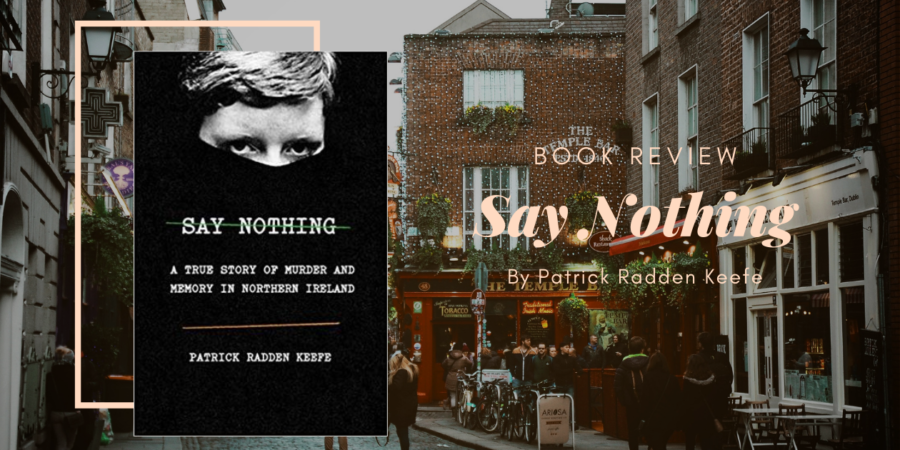When I was in Secondary School, we had a class named “Social Studies”, which was basically studying different countries around the world and how that compared to Singapore (as well as how to analyse different texts that you find for bias and reliability). One of the topics we studied was the IRA and the Troubles, but to be honest, a Secondary School textbook isn’t going to take you in-depth (especially when this is just one of the topics to be covered). Say Nothing is basically the first book I’ve read that goes into the Troubles and the people involved with it.
Say Nothing starts with the disappearance of Jean McConville, a mother-of-ten who was abducted by the IRA who (mistakenly) thought she was a ‘tout’ (a British informer). From there, the book goes on to follow the lives of various prominent figures in the IRA, including Gerry Adams, Brendan Hughes, Dolours Price, and Marian Price. There are many more people mentioned, but these five are the central figures, in my opinion. The book starts with Dolours and Marian’s involvement in the IRA from the previous stance of peaceful protests and ends shortly after the forced-release of the Archive and the last attempt to prosecute someone for Jean McConville’s death.
This was a hard book to read. I tend to prefer stories with a clean cut narrative – where you can identify a hero and villain. Here, the lines are blurred. Apart for Jean McConville, who died early on for ‘crimes’ that she didn’t commit, and her children, none of the characters here were completely sympathetic. While I understand why the IRA felt that they had no choice but to use violence – and the British also did terrible things to them – the fact that they were comfortable executing innocent people based on flimsy evidence and planting bombs in public places despite the risk meant that a part of me could never accept that the end was worth the sacrifice.
That said, the book did a good job of humanising most of the characters. I didn’t like Dolours, Marian, and Hughes at the start of the book, but I started to soften towards them as I realised that they were blinded by their dream of a united Ireland, which led them to do things that their conscience normally would not allow. The only person that I disliked throughout the book was Gerry Adams, because he seemed to take absolutely no responsibility for what he did, changing the narrative of his history to gain power. Of course, he’s also one of the few that did not take part in interviews and the book depends on public interviews and recollections of him by others to paint his picture, so he didn’t get the same opportunity to tell his story.
If you’re looking for a nuanced and in-depth look into the history of the Troubles in Ireland, I will unhesitantly recommend Say Nothing by Patrick Radden Keefe. It reads very easily and despite the large cast of characters, manages to spin a compelling and disturbing narrative about the history of the IRA.
